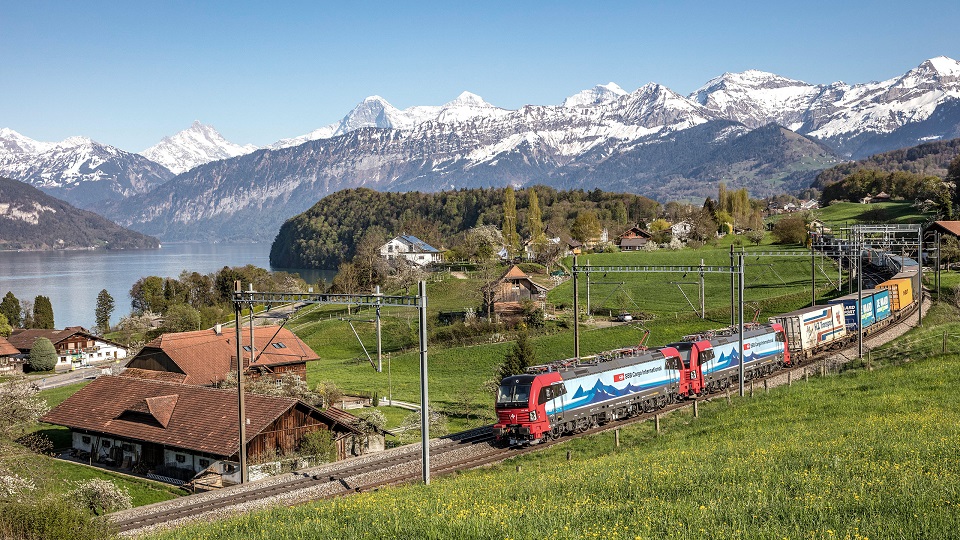Single wagonload in Switzerland: state aid or competition with road?

The Swiss Federal Council submitted two new variants to the framework conditions for freight transport to incentivise rail freight. The first one concerns extensive financial support from the Swiss government for single wagonload traffic. The second variant, on the other hand, renounces financial support and encourages competition that would likely benefit road transport. Consultations for further developments for rail freight will now carry on until 24 February.
Do you want to read the full article?
Thank you for visiting RailFreight.com. Become a member of RailFreight Premium and get full access to all our premium content.
Are you already a member?
Having problems logging in? Call +31(0)10 280 1000 or send an email to customerdesk@promedia.nl.




